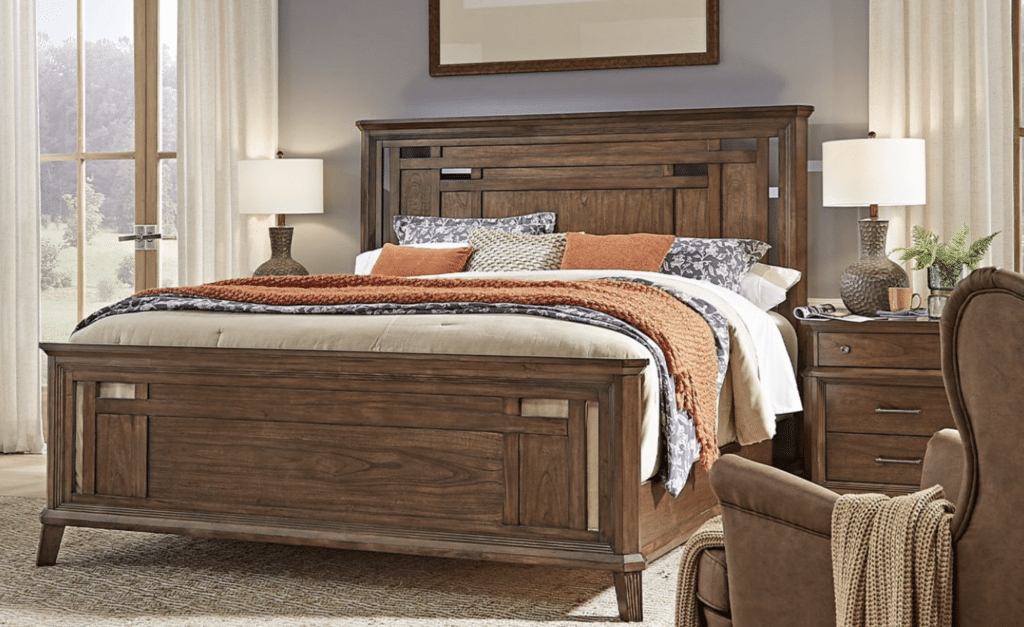
We spend roughly 1/3 of our lives sleeping. That doesn’t take into account the time we spend trying to get to sleep, watching TV in bed, or trying not to drop our phone on our face as we scroll social media.
It is no wonder that the wrong bed choice can lead to a variety of issues, including back pain and sleep deprivation.
When it’s time to shop for a new bed, there is more to consider than the width and appearance. Beds are available in several types that can benefit your lifestyle in more ways than a good night’s sleep.
How Important Is the Quality of the Bed?

Opting for a solid wood, hand-crafted bed means decades of quality sleep. A solid wood bed not only looks amazing but is tough enough to easily endure year after year of abuse without showing it. Its long life-span makes it more affordable in the long run than frames that need to be replaced every few years and is better for the environment.
Going with a solid wood bed rather than a mass-produced, flatpack option makes it far more customizable. You can refinish your bed to match your evolving decor over the years.
Types of Beds
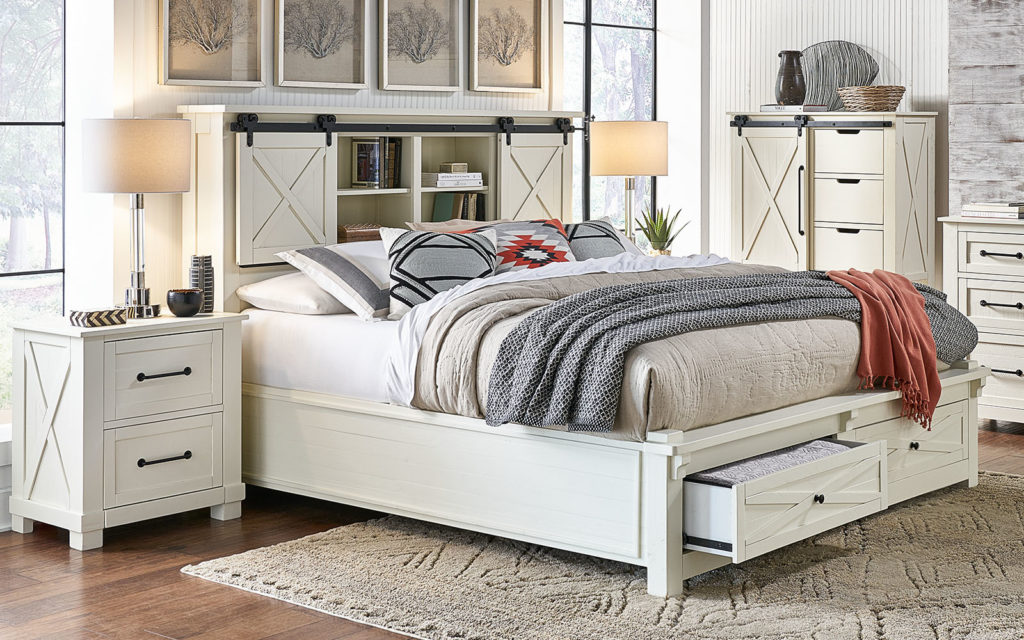
What people need from their beds, both in terms of styling and function, varies greatly from person to person. Thankfully, the wide range of bed types available means there is a design out there that is practically made just for you.
Consider if you want your bedroom to feel like a glorious palace or a minimalist’s dream. If your bedroom could benefit from extra storage space, choose a bed type that takes advantage of the floor space it’s consuming with a storage bed. If you’re on the shorter side, the height of the bed will be a factor; nothing worse than having to do a flying leap into bed each night. For those who love to host but are running out of places to store overnight guests, consider a Murphy bed.
Panel Beds
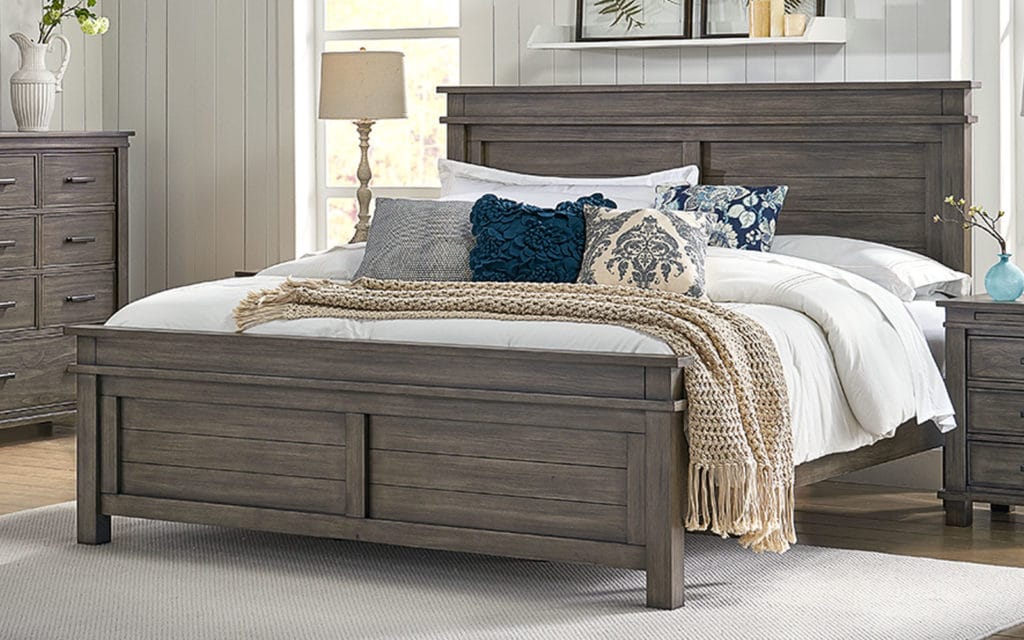
Panel beds require the use of both a box spring and mattress, so they tend to be on the taller side for beds. The base of the bed is made of slatted panels, which allows plenty of airflow under the box spring and extends the life of both the box spring and mattress. That’s also why it requires the use of a mattress support; placing the mattress directly on the slatted panels results in minimal support and a risk to the mattress.
This is a common type of bed available with a variety of options, including storage and headboards.
Platform Beds

Platform beds are based on the design of early beds, back when we were sleeping on slates. They have a solid base for the mattress to sit on, which means there is no need for a box spring (however, you can use one if you choose).
Thanks to not requiring a box spring, platform beds tend to be shorter than panel beds, so there is no mountain climbing equipment required to get into it. It is a minimally designed type of bed that fits right in with clean, modern aesthetics. The bed’s lack of height means it takes up less space in the bedroom and can make an area feel larger and airy.
Storage Beds

Storage beds have many secondary categories such as deep storage beds and ottoman beds. If you’re leaning towards a storage bed and want in-depth information, check out our storage bed buying guide.
You’ve probably guessed already, but storage beds are beds that maximize the space they use in a room by building storage into the frame and sometimes the headboard. The storage may be in the form of various drawers and cupboards or could be a larger area underneath the mattress. If your space can benefit from additional organization but cluttering up your space with cabinets doesn’t appeal, then definitely look at a storage bed.
Murphy Beds
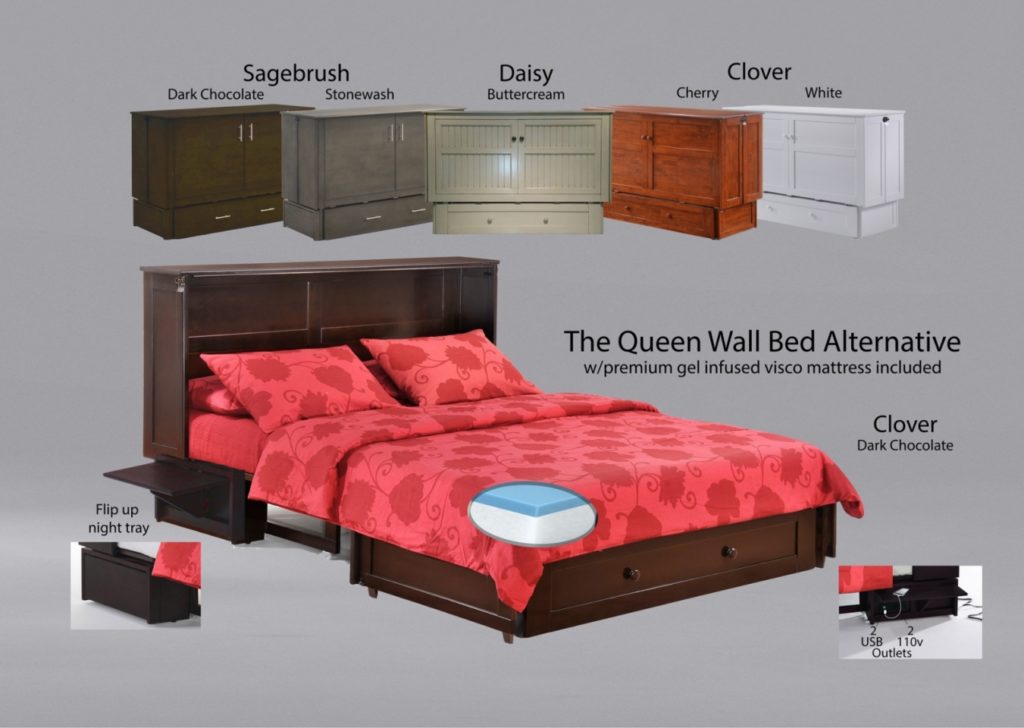
If you need to make the most of a small space, Murphy beds are a great option. Also known as wall beds, they store in the wall when not in use to free up the floor space. When it’s time to hit the hay, you just pull it down and hop in. These are the perfect options for small rooms, studio apartments, and guest beds.
Some Murphy beds come with interesting secondary functions. For example, many convert into a sofa for daytime use. Bi-fold Murphy Beds look like a cabinet when not in use.
Choosing the Right Style of Bed
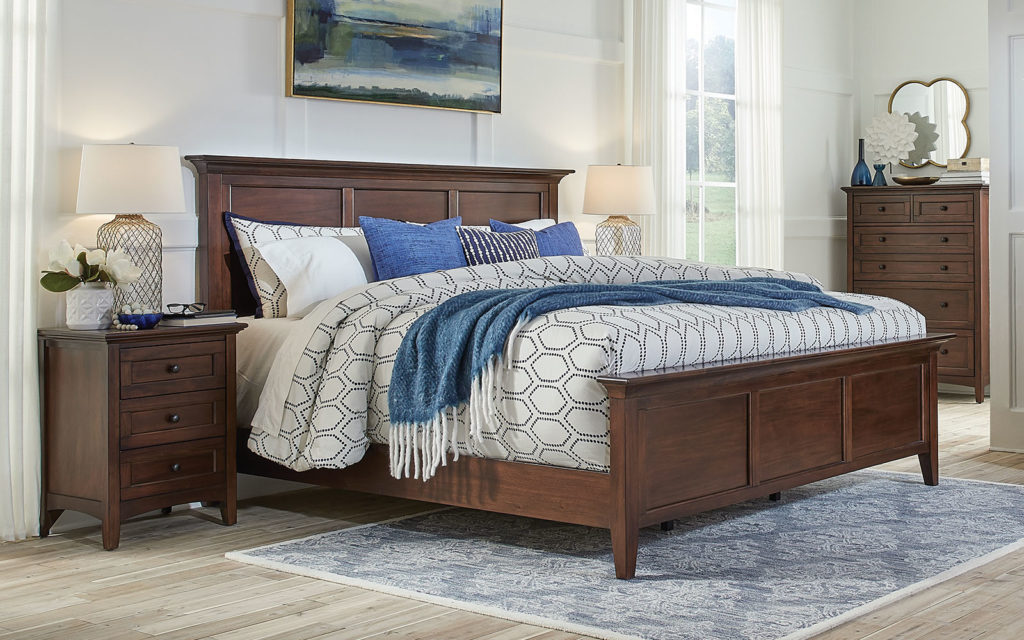
Once you decide on the type of bed you’re looking for, it’s time to think about the appearance. Most bed types have a range of designs to fit into any decor. If you’re going for a solid wood option, you may want to show off that gorgeous wood grain with a clear coat or light stain. Wood will bring a warm, welcoming feeling to a space, whether your aesthetic is rustic or modern.
Minimalists may prefer flat, simple panels with minimal to no hardware. If you prefer your furniture to make more of a statement, consider options with panels and a mix of cupboards.

